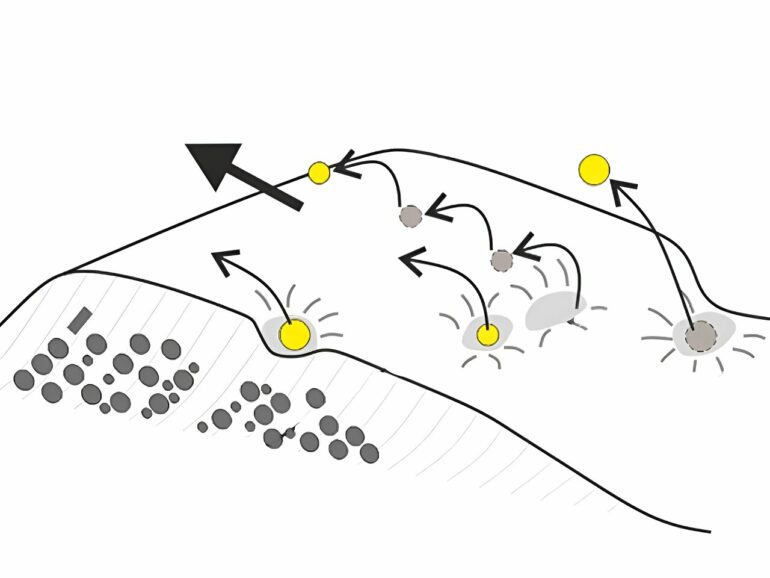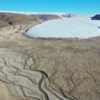Microplastics impact how sand travels along riverbeds, suggesting microplastics could increase riverbed erosion, according to an international team of researchers. Roberto Fernández, an assistant professor in the Department of Civil and Environmental Engineering and project team member, said this could have effects on river habitats. The team’s findings were published in Communications Earth & Environment.
“The study shows that plastic is not a passively transported component of river systems,” Fernández said. “It interacts with the sediment and plays an active role in riverbed transport processes and erosion.”
According to Fernández, microplastics have a lower density than sand and are more mobile underwater.
Normally, the ripples and dunes that naturally develop on riverbeds, known as bedforms, are created and move downstream as sediment particles travel along the riverbed. However, when microplastics are introduced to the environment, they create erosive bursts that disrupt the bedforms and carry more sand into suspension.
“The properties of plastic lead to a local increase of sand transported in suspension compared with a sand-only system,” said Fernández, an Institutes of Energy and the Environment faculty member. “Our observations suggest that locally, there is more riverbed erosion and a shift in the transport mode from slow, near-bed movement of particles to faster movement in suspension.”
Because plastic pollution is increasing globally, Fernández said the particle-to-particle interactions that the team observed are likely to happen in streams and estuaries throughout the world.
“Our observations are not exclusive of microplastics and sand,” he said. “Anywhere that lower-density anthropogenic litter interacts with natural sediments, some of these processes are likely to occur. The broader implications are still an open question, but the local effects are likely to be the same.”
Fernández said there have been numerous efforts that have focused on characterizing the movement of plastic in water and identifying preferential trapping locations.
“The near-bed particle interactions are difficult—if not impossible—to observe in a natural river, and our experiments offered a way of doing that,” he said. “Particle-to-particle interactions are responsible for landscape change and understanding these processes is essential to assess longer time scales of riverbed profile evolution and its implications.”
Recently, the team finished a new round of experiments that will allow them to quantify the amount of disruption caused by the addition of plastic pollution in riverbed systems.
“The original experiments only offered a qualitative view,” Fernández said. “The new data will allow us to determine the minimum amount of plastic needed to cause a disruption and how much sediment shifts from bedload to suspended load with increased addition of plastics in the system. Future work will include quantification of the near-bed hydrodynamics to have a better picture involving both the sediments and the water responsible for transporting them.”
More information:
Catherine E. Russell et al, Plastic pollution in riverbeds fundamentally affects natural sand transport processes, Communications Earth & Environment (2023). DOI: 10.1038/s43247-023-00820-7
Provided by
Pennsylvania State University
Citation:
Microplastics may increase riverbed sediment movement, erosion (2023, September 1)



